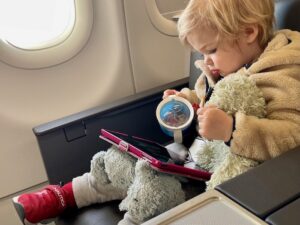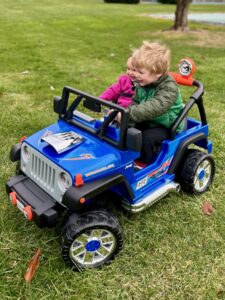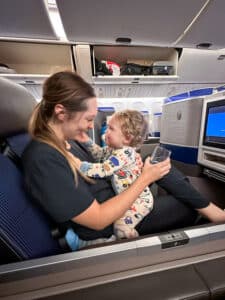How to Fly with Milk for Toddlers
Early on in our feeding journey, it became clear we weren’t going to be able to go the breastfeeding route, which was disappointing since it seemed like the easiest way to fly with a baby or toddler.
So for those who give their toddlers milk not from the breast, whether it’s breast milk from a bottle, cow milk, plant milk, or powdered milk, having it on hand during air travel is essential.
Here’s a detailed guide on how to travel with milk, including what you need to know about security regulations and practical tips for keeping milk fresh during your journey.
Understanding Regulations for Traveling with Milk
One of the most important things to know is that the Transportation Security Administration (TSA) allows parents to carry milk for children, even if it exceeds the usual 100ml (3oz) liquid limit. This rule applies to all types of milk: breast milk, cow milk, plant milk, or powdered milk mixed with water. However, be prepared for additional security checks.
Types of Milk You Can Travel With
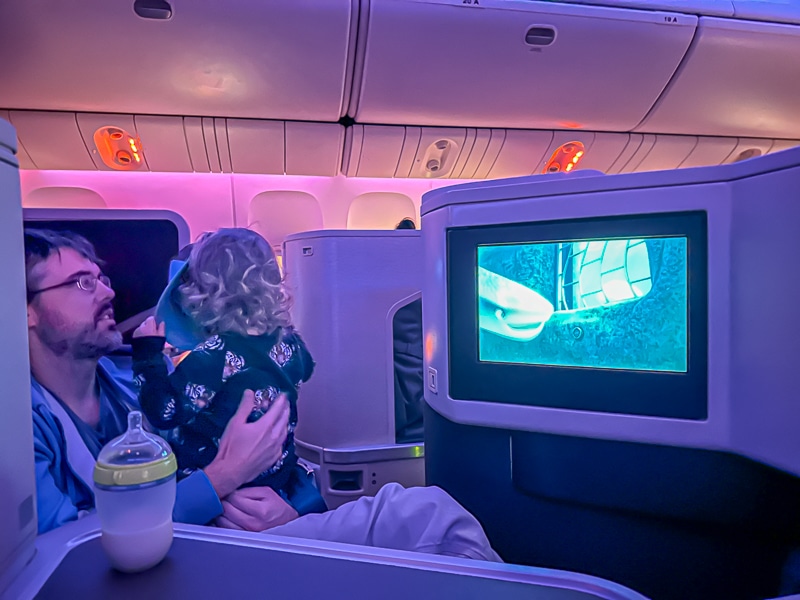
We’ve been on over 100 flights carrying milk, and even after 13 countries, we’ve had no issues bringing it with us, sometimes in large amounts. The US has been the strictest, where we’re always subject to extra screening, so be sure to leave extra time for it at the airport.
1. Breast Milk
- Storage: Breast milk can be carried in bottles or breast milk storage bags up to a ‘reasonable amount’ for your flight. I have a dedicated post on traveling with breast milk, pumping, and keeping it cold.
- Security: Inform the TSA officers that you are carrying breast milk. They will most likely ask you to remove the lid so they can perform a vapor test.
2. Cow Milk
- Storage: Small, sealed cartons are convenient for travel. If you need to keep them cold, we’ll discuss that later in the post.
- Security: Like breast milk, cow milk will be subject to additional screening.
3. Plant Milk
- Storage: Plant milk, such as oat milk, can be carried in small cartons or bottles. We love using small, unopened cartons, although this can sometimes result in additional security measures.
- Security: Be prepared for potential extra checks. Unopened milk boxes might require you to undergo a body scan, as has happened to us with Oatly cartons.
4. Powdered Milk or Formula
- Storage: Powdered milk or toddler formula is a versatile option and one we often choose. Carry the powder in a container and mix with water when needed.
- Security: Powdered substances might also be subject to additional screening with a wipe and explosives scan, so keep them easily accessible.
Tips for Passing Through Security with Milk
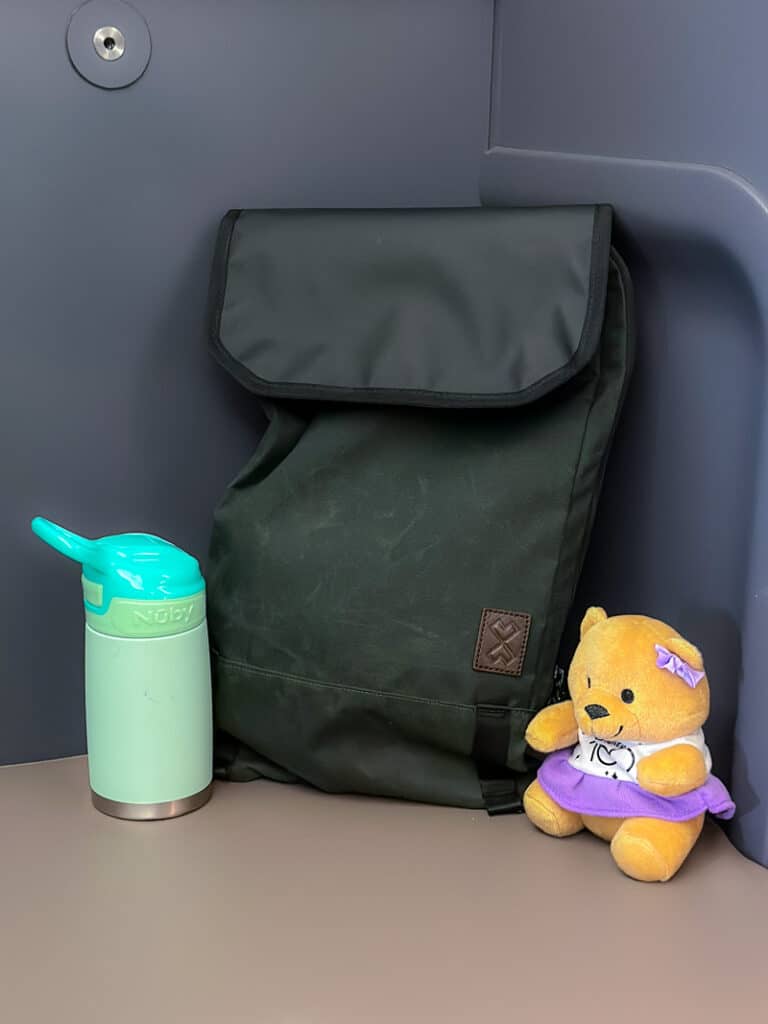
- Declare Your Milk: They don’t always care, or sometimes there’s nobody to tell, but if you can, inform the TSA officer at the beginning of the screening process that you are carrying milk for your child.
- Separate Bins: Place milk containers in a separate bin for X-ray screening.
- Be Prepared for Additional Checks: TSA officers may perform vapor tests or other screening methods on the milk. Unopened cartons may require you to go through a body scan. I’m not sure why that’s the case, but it’s happened to us twice.
- Stay Calm and Patient: Security checks can be time-consuming, but remaining calm and cooperative helps the process go more smoothly.
- Know Your Rights: If you’re questioned on the milk, remain respectful but firm that you’re allowed to have it. Consider saving TSA’s rules on your phone.
Keeping Milk Fresh Over Long Flights
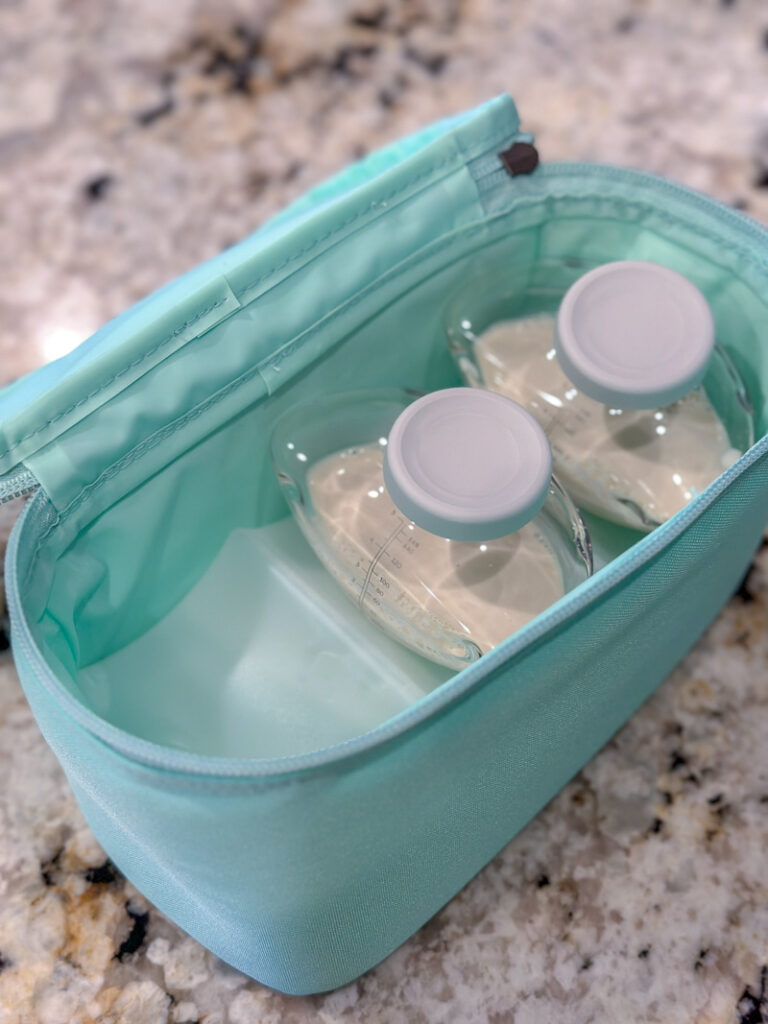
If you’re not using powder, or need to keep your milk cool, how do you make sure it keeps a safe temperature? We’ve managed this for travel days over 24 hours. Here’s how:
1. Use Appropriate Containers
- Stanley Food Jar: We highly recommend using a Stanley food jar, which can keep milk cold for up to 24 hours. This is particularly useful for long-haul flights. We bring close to an entire container of Oatly in ours.
- Insulated pockets: If a Stanley food jar isn’t an option, insulated diaper bag pouches can work with an ice pack. Our diaper bag comes with a nice-sized one.
2. Plan for Unavailability
- Bring Your Own Milk: Some airlines might offer milk, but it’s best not to rely on this. Always bring your own supply to ensure you have enough for the journey, and don’t bank on being able to find it in the terminal.
- Pack Extra: If possible, pack more milk than you think you’ll need to account for any delays or unexpected situations.
3. Mix Powdered Milk as Needed
- Powdered Milk or Formula: Carry powdered milk or formula separately and mix it with water as needed. This not only saves space but also ensures the milk stays fresh until it’s time to use it. We use this protein oat milk powder in single serve packets that are the perfect size for a full Comotomo bottle, though it does require a frother to fully mix and integrate. It’s not as simple as pouring liquid is, but it’s a great back up plus it requires no refrigeration.
Keeping it Clean
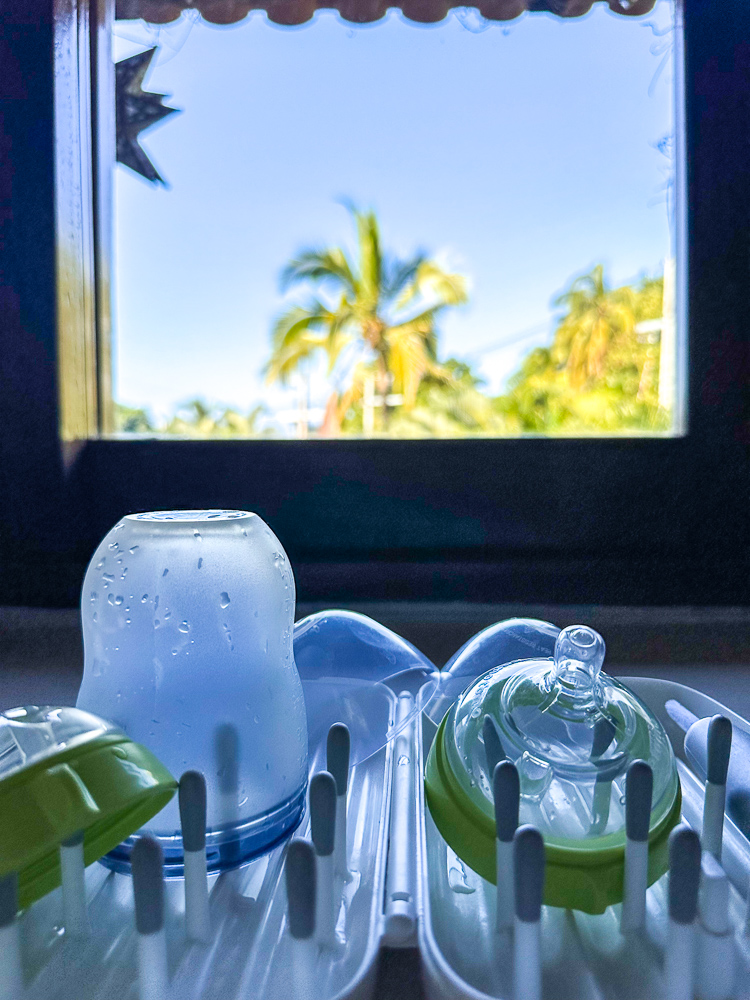
We travel with a portable bottle washing station and a small tube of our own unscented dish soap so that we can clean bottles and containers on the go. I love this thing!
I’ve never had an issue asking a flight attendant to rinse a used bottle with hot water, and pass me a bottled water for further cleaning and scrubbing. Be careful not to use the sink water on an airplane, as it’s often non-potable.
Our Experience and Tips
Traveling with our toddler has taught us a lot about the best ways to manage milk on the go. Here are some insights from our numerous flights:
- Small Cartons: We prefer small cartons for milk because they are convenient and easy to manage. For plant milk, smaller cartons are less common, but they are ideal when available. We’ve had the most luck finding almond milk, though Norway had amazing Oatly small cartons.
- Powdered Options: Oat milk powder or toddler formula are lifesavers when traveling long distances. They’re lightweight, space-efficient, and don’t require refrigeration until mixed. Just make sure your kiddo is used to the flavor and texture and will accept it.
- Informing Security: Each time we travel, we make sure to inform TSA officers about our milk. This transparency helps speed up the screening process and reduces misunderstandings.
- Body Scans: On two occasions, I had to undergo a body scan due to carrying unopened milk boxes. Although I’m not entirely sure why this happens, it’s a good reminder to be prepared for any security measures.
Traveling with milk for your child requires a bit of extra planning, but it’s entirely manageable with the right preparation. Understanding TSA regulations, using appropriate storage solutions, and being ready for additional security checks will help ensure you have a smooth journey. Whether you’re carrying breast milk, cow milk, plant milk, or powdered milk, the key is to stay organized and keep your child’s needs in mind. Safe travels!
*Some links in this post are affiliate links that support us at no extra cost to you when you purchase through them. We only recommend products we love and use ourselves. Your trust always comes first!



